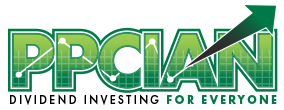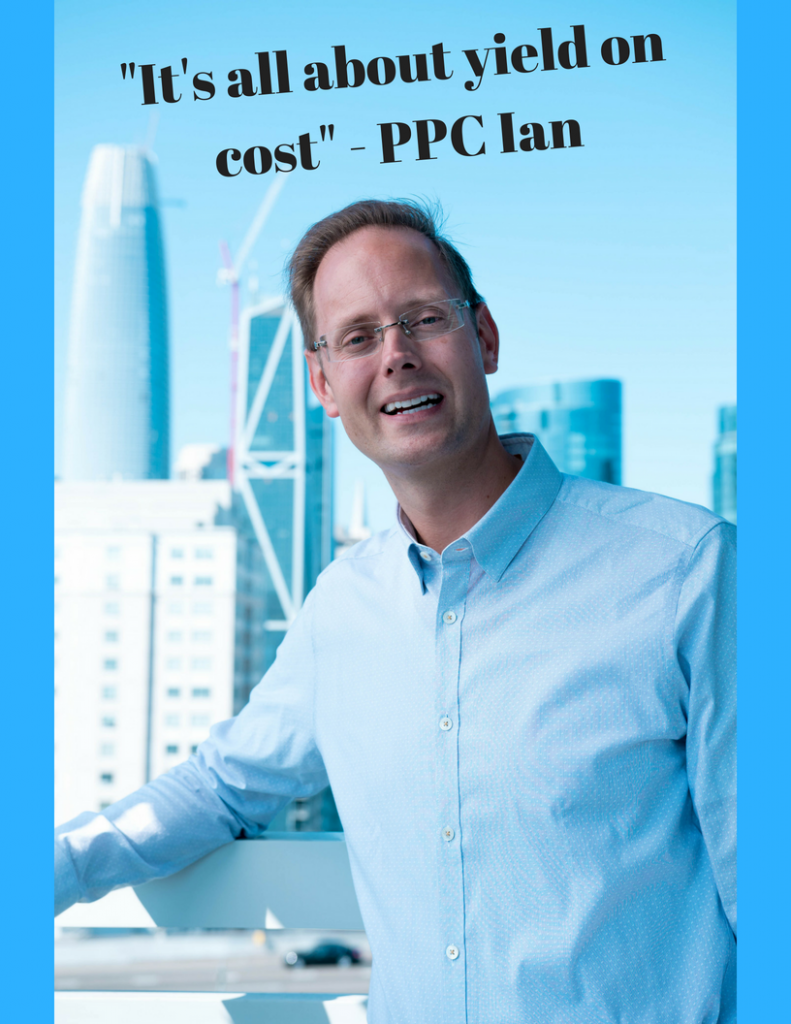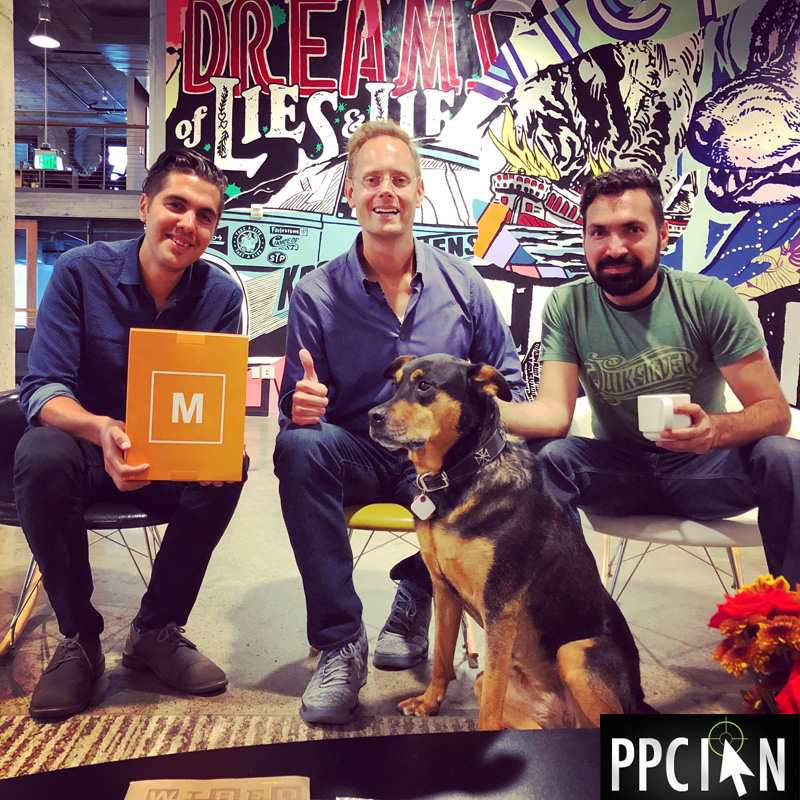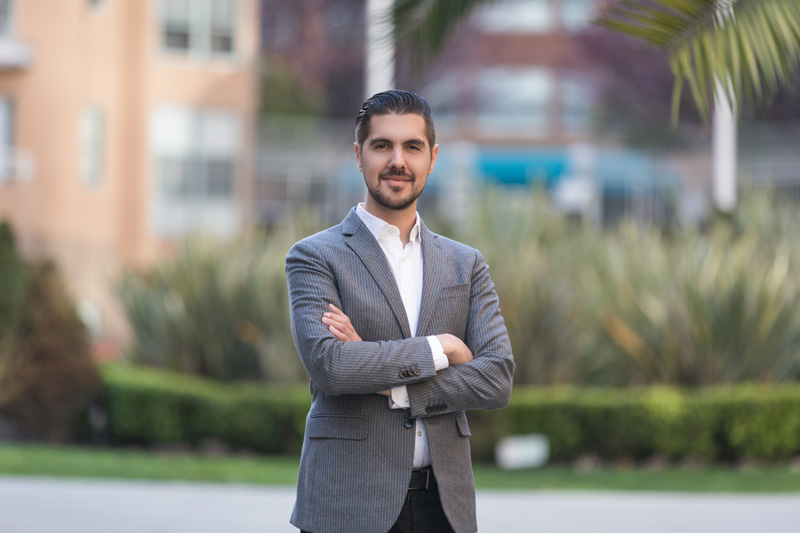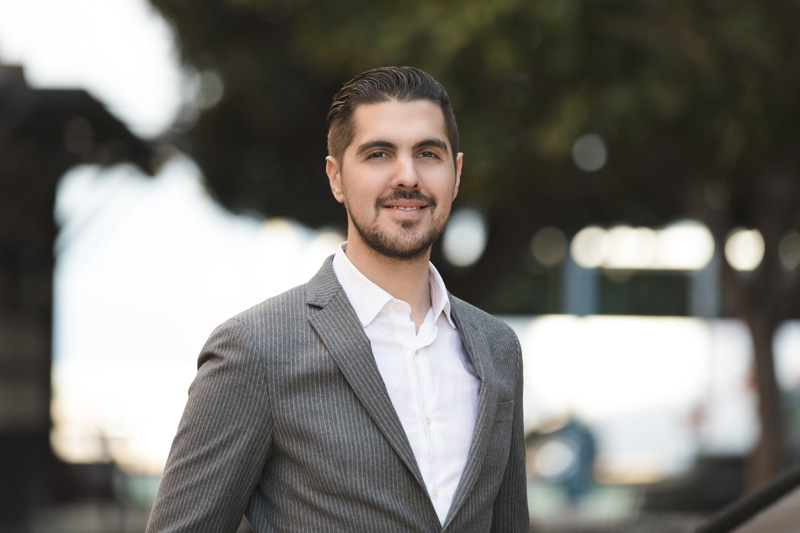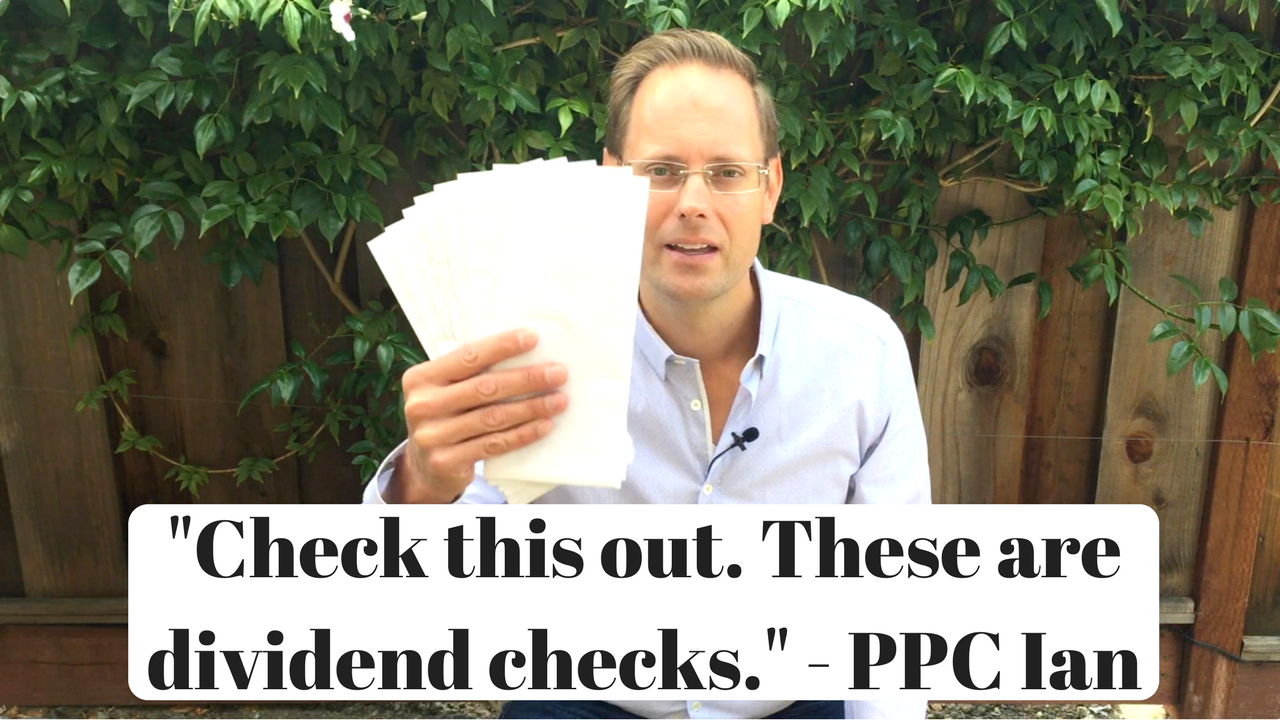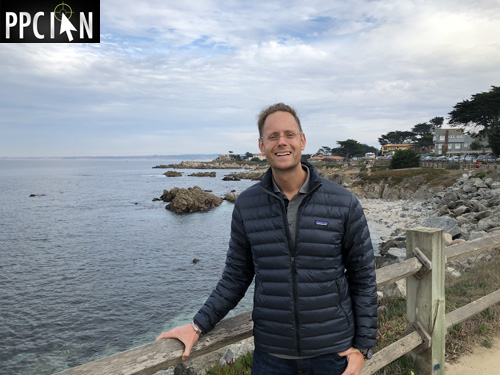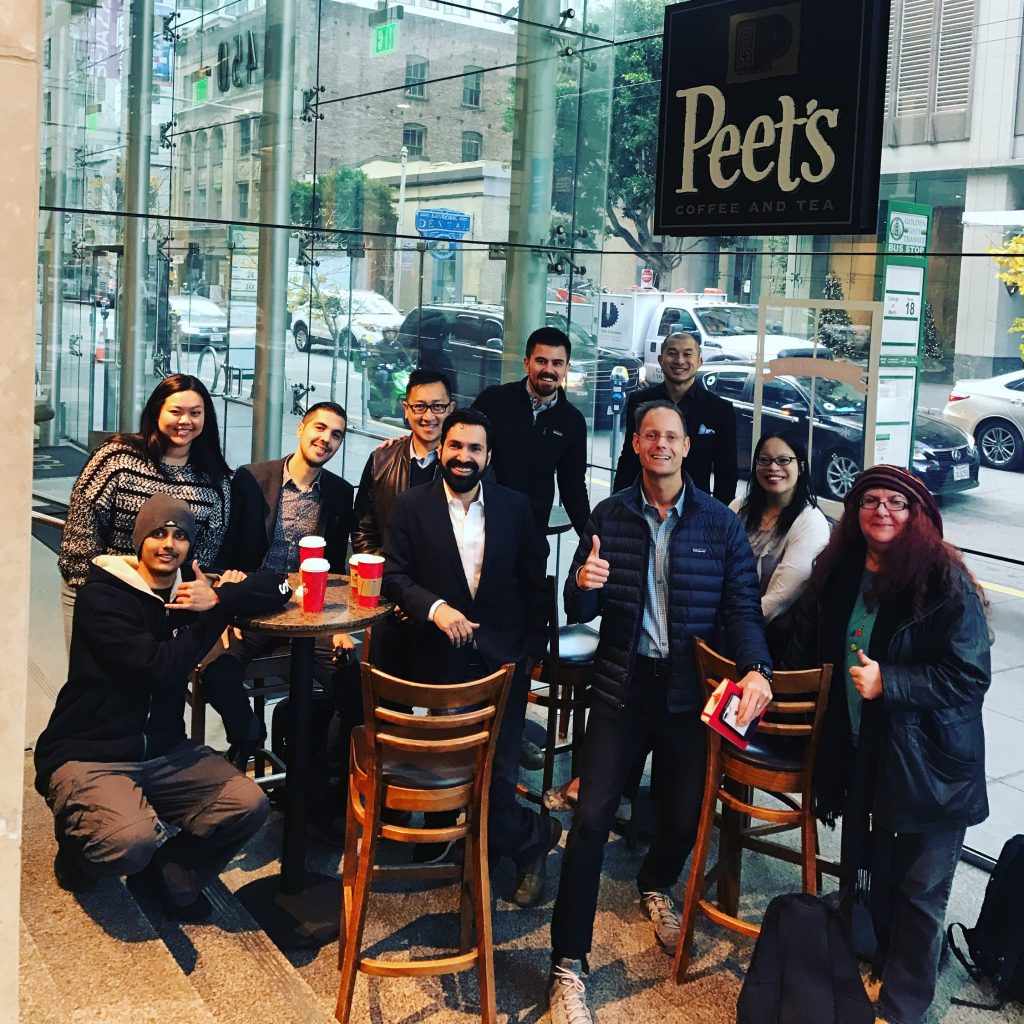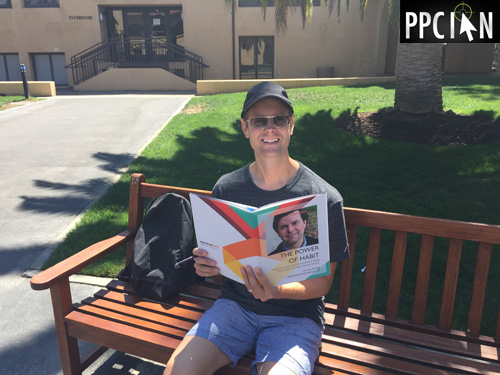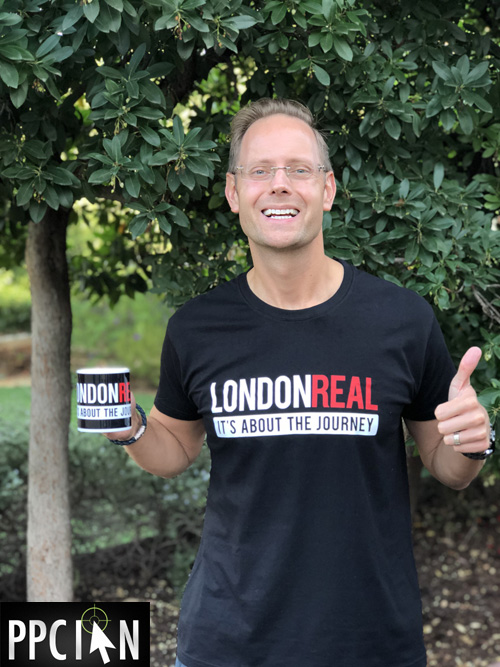I truly enjoy a good buying opportunity in the stock market. I invest for dividends, and one day my dividends will cover all of my living expenses. When my favorite stocks go down in share price, my starting dividend yield goes up (in other words, I reach financial freedom faster). Needless to say, I love a good buying opportunity (and these have been very rare in recent years due to the overall lofty stock market).
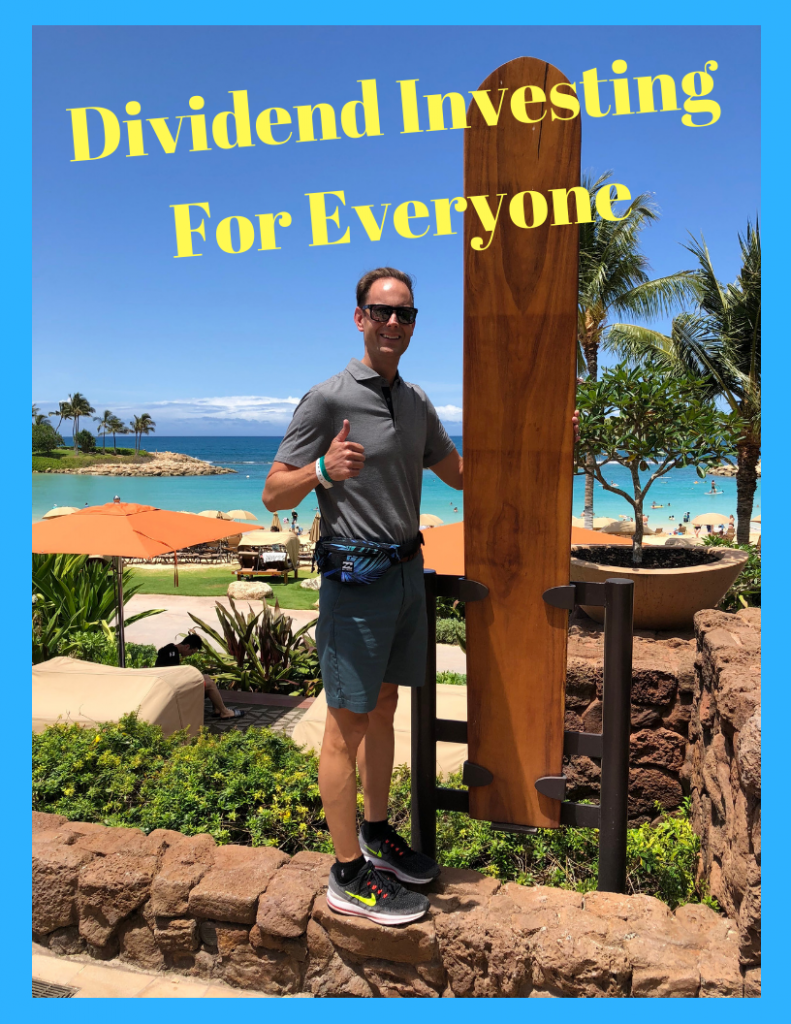 Lately, I have enjoyed buying shares of my favorite industrial companies, because they have been plagued with lackluster earnings reports and overall macroeconomic issues. Our strong economy and overall bull stock market is in its late stages, in my opinion. A recession and stock market crash is on the horizon, most likely, within the next few years. As leading indicators, some of my favorite industrials are starting to exhibit weakness. This is to be expected, as they are cyclical. Large B2B (business to business) purchases can be delayed, unlike a consumer purchase of Huggies Diapers by contrast.
Lately, I have enjoyed buying shares of my favorite industrial companies, because they have been plagued with lackluster earnings reports and overall macroeconomic issues. Our strong economy and overall bull stock market is in its late stages, in my opinion. A recession and stock market crash is on the horizon, most likely, within the next few years. As leading indicators, some of my favorite industrials are starting to exhibit weakness. This is to be expected, as they are cyclical. Large B2B (business to business) purchases can be delayed, unlike a consumer purchase of Huggies Diapers by contrast.
Regardless of market conditions, I am always averaging into stocks because I am unable to perfectly time the market and I enjoy immediate cash flow. After all, I want the opportunity to tap into my dividend cash flow at any time. I solely invest for cash flow, and do not care about capital appreciation (although I do view long term capital appreciation as a proxy of solid company performance). Some of my favorite industrials are on sale right now and I am buying!
One of my favorites (in fact my #10 favorite dividend stock of all time) is 3M (ticker MMM). Over the past few weeks, I have truly enjoyed averaging into this industrial stock, with a rare 3.44% starting dividend yield and a PE (2019 forward) in the 17.58 range. And, these guys sport a 5-year dividend CAGR (compound annual growth rate) of 11% (although I expect dividend increases to slow a bit over time). I expect to continue adding to my 3M position throughout 2019 as long as the share price remains low.
Everyone knows about my stake in 3M and my latest purchases from my 3M YouTube videos. However, there is another industrial stock that I have owned for years that is also a relative market value right now. (It’s not a top 10 favorite stock like 3M, and is a smaller position, although one I love.) It seems like nobody talks about this stock. It’s a smaller one, but a powerful one from a dividend standpoint (they have increased their dividends for the last 48 years, a track record only surpassed by 10 US companies). I’m talking about Leggett & Platt (LEG).
For those unfamiliar with Leggett & Platt, they produce white label beds, springs, and furniture. When you go to a hotel room or an office, for example, a good portion of the furniture are likely from Leggett & Platt (or at least assembled with Leggett & Platt parts). They are also involved in the automotive, aerospace, wire, rod, fabric, machinery, hydraulic cylinder, and specialty foam industries too. With their recent acquisition of Elite Comfort Solutions, a foam mattress company, Leggett & Platt has truly solidified themselves as a leader in the mattress segment. At the end of the day, everybody needs to sleep and everyone enjoys sleep so much more with a comfortable mattress. I do not see Leggett & Platt’s business going anywhere.
At a high level, there are five key reasons I absolutely love Leggett & Platt right now!
- Reason 1: Their starting dividend yield is a sweet ($0.40 * 4) / $37.90 = 4.2%, a very solid starting yield in this market.
- Reason 2: They recently raised their quarterly dividend from $0.38 to $0.40, an increase of 5.3%. Such an increase shows that management is very confident in the business, despite the macroeconomic issues. A shareholder-friendly company, they have increased their dividend for the last 48 years!
- In the last 5 years, their dividend is up 33% or 5.92% per year on average (CAGR).
- Reason 3: Looking at the average analyst estimate of $2.47 2019 forward EPS, I get a 2019 forward PE ratio of $37.90 / $2.47 = 15.34.
- Reason 4: I originally initiated my LEG position at $29.43 per share back in 2013. At $37.90, I feel like we are getting into really low share price territory from a historical perspective. I love purchasing shares in 2019 in the $30s.
- Reason 5: Dividend payout ratio is reasonable. At $1.6 per year, dividends represent 65% of EPS, providing the company sufficient buffer for the unexpected. (Worth noting: Management does want the payout ratio to reach 50%, meaning dividend growth will likely be a bit slower until the ECS acquisition is fully digested.)
Now, this business does not come without risk. From a size standpoint, their market capitalization is $4.96 billion. Overall in terms of my dividend stock portfolio, Leggett & Platt is one of my smaller positions. I like smaller companies because they provide diversification to the portfolio and have potentially more upside (easier to grow when you are smaller vs. larger). That said, smaller companies can sometimes be more susceptible to competitive forces and adverse M&A activity (hostile takeovers and private equity, for example).
Perhaps more than this, however, I am concerned about foreign competition. While Leggett & Platt has been in business since 1883 and literally invented the bedspring, one must always keep their eyes on lower cost alternatives from overseas in our now global economy. In fact, recent company releases even discuss a foreign "anti-dumping" matter they are currently working on. Due to their large patent portfolio, breadth of capabilities, and multitude of business units, however, I generally believe LEG has staying power.
I’d like to close out today’s dividend stock profile with some interesting metrics from Leggett & Platt’s 2018 annual report:
- This is a very high revenue (and lower net margin) business. Net earnings in 2018 were $306 million on $4.270 billion of sales! ($306 / $4,270 = 7.17% net margin)
- Revenue growth trends are nice. 2018 is up, in particular due to the ECS acquisition. However, even looking pre-acquisition (2017 vs. 2013) revenue has increased steadily each year and is up 13.4% in total.
- Earnings per share are up nicely in the 5-year period. Comparing 2018 vs. 2013, EPS is up 68.66%.
- Net cash provided by operating activities is a bit less "up and to the right" as compared to revenue and EPS (it’s a bit more up and down). That said, it has increased by 5.5% over the 5-year period. This will be a key metric to watch in upcoming annual reports.
- The balance sheet appears to be well-managed with assets exceeding liabilities (positive shareholder’s equity). It will be important to watch the balance sheet, however, now that the ECS acquisition has been completed. (I hope they pay down debt quickly, over the coming years.)
- Their business is very diversified! Following are sales by product line:
- Bedding Group: 21%
- Automotive Group: 19%
- Fabric & Flooring Products Group: 17%
- Work Furniture Group: 7%
- Consumer Products Group: 11%
- Home Furniture Group: 9%
- Wire Group: 9%
- Aerospace Products Group: 4%
- Hydraulic Cylinder Group: 2%
- Machinery Group: 1%
- LEG has a nice Patent and Trademark portfolio. The patents, in particular, create a competitive moat.
- 1,427 patents issued
- 598 patents in process
- 980 trademarks issued
- 143 trademarks in process
- Sales are geographically diverse, although I’d like to see even more international exposure.
- USA: 63%
- Europe: 12%
- China: 12%
- Canada: 7%
- Mexico: 4%
- Other: 2%
While Leggett & Platt will never be a core position in my 40-stock portfolio, I am so proud for it to play a supporting role. That’s why I went ahead and purchased more shares today at $37.90, and I’ll continue to look for opportunities to pick up more shares throughout the year. Ultimately, I believe in their diversified business, I love the exposure to industrials (I tend to be underweight in that sector), and I’m a fan of the 4.2% starting yield!
DISCLOSURE: I am long Leggett & Platt (LEG), 3M (MMM), and Kimberly-Clark (KMB). I own these stocks in my stock portfolio.
DISCLAIMER: All information and data on my YouTube Channel, blog, email newsletters, white papers, Excel files, and other materials is solely for informational purposes. I make no representations as to the accuracy, completeness, suitability or validity of any information. I will not be liable for any errors, omissions, losses, injuries or damages arising from its display or use. All information is provided AS IS with no warranties, and confers no rights. I will not be responsible for the accuracy of material that is linked on this site.
Because the information herein is based on my personal opinion and experience, it should not be considered professional financial investment advice or tax advice. The ideas and strategies that I provide should never be used without first assessing your own personal/financial situation, or without consulting a financial and/or tax professional. My thoughts and opinions may also change from time to time as I acquire more knowledge. These are, as discussed above, solely my thoughts and opinions. I reserve the right to delete any comments for any reason (abusive in nature, contain profanity, etc.). Your continued reading/use of my YouTube Channel, blog, email newsletters, whitepapers, Excel files, and other materials constitutes your agreement with and acceptance of this disclaimer.
COPYRIGHT: All PPC Ian videos, Excel files, guides, and other content are (c) Copyright IJL Productions LLC. PPC Ian is a registered trademark ™ of IJL Productions LLC.
